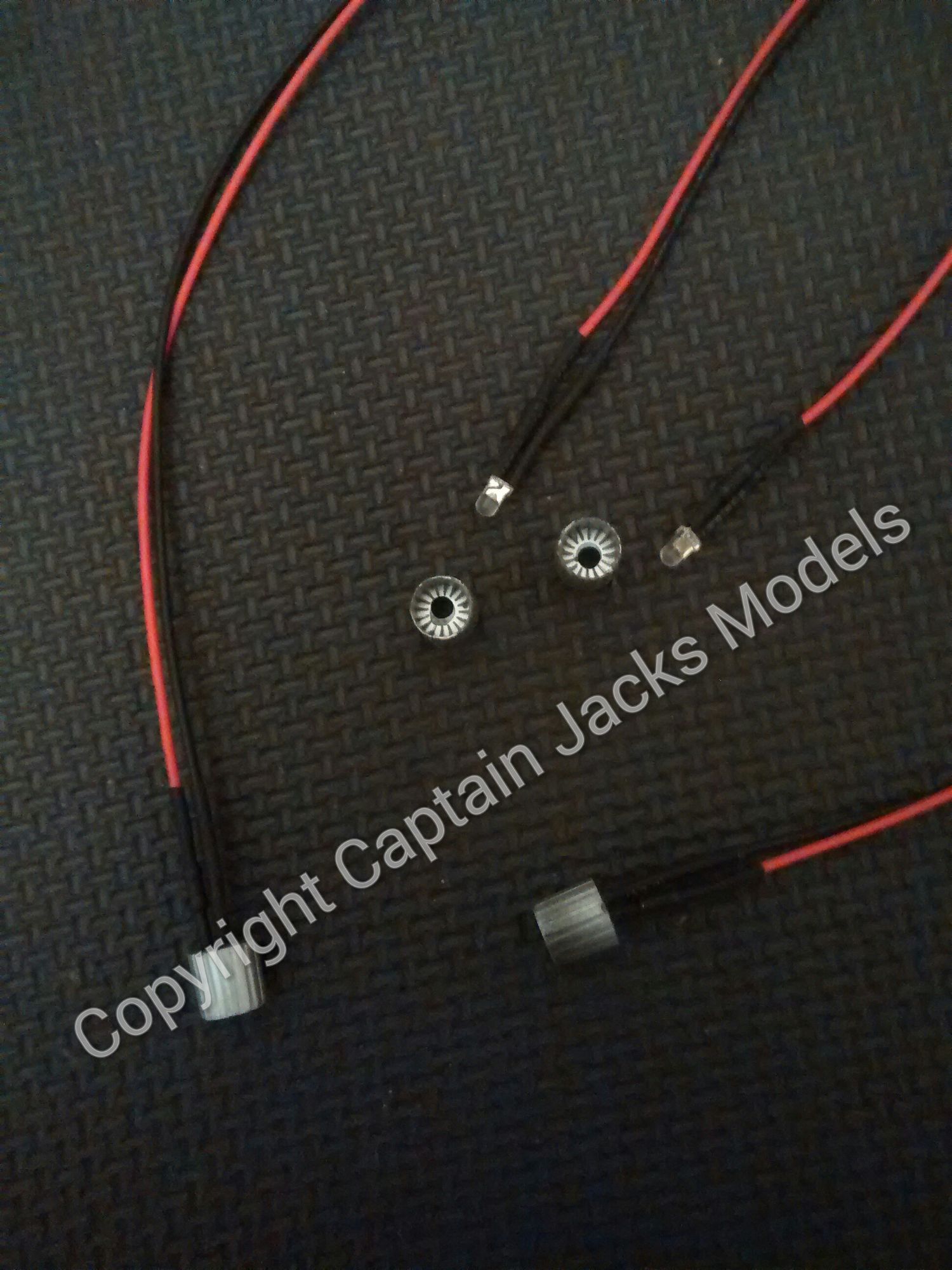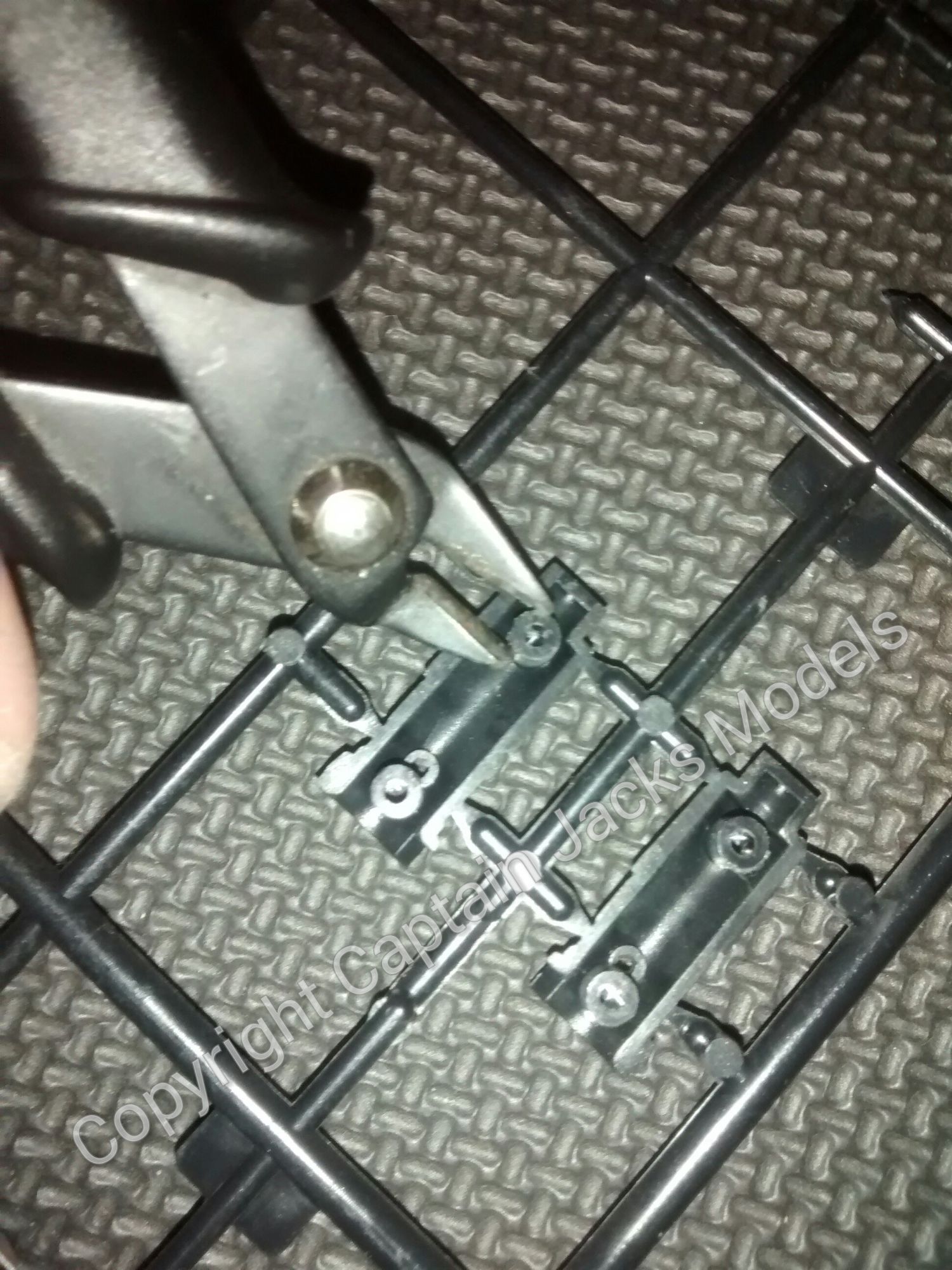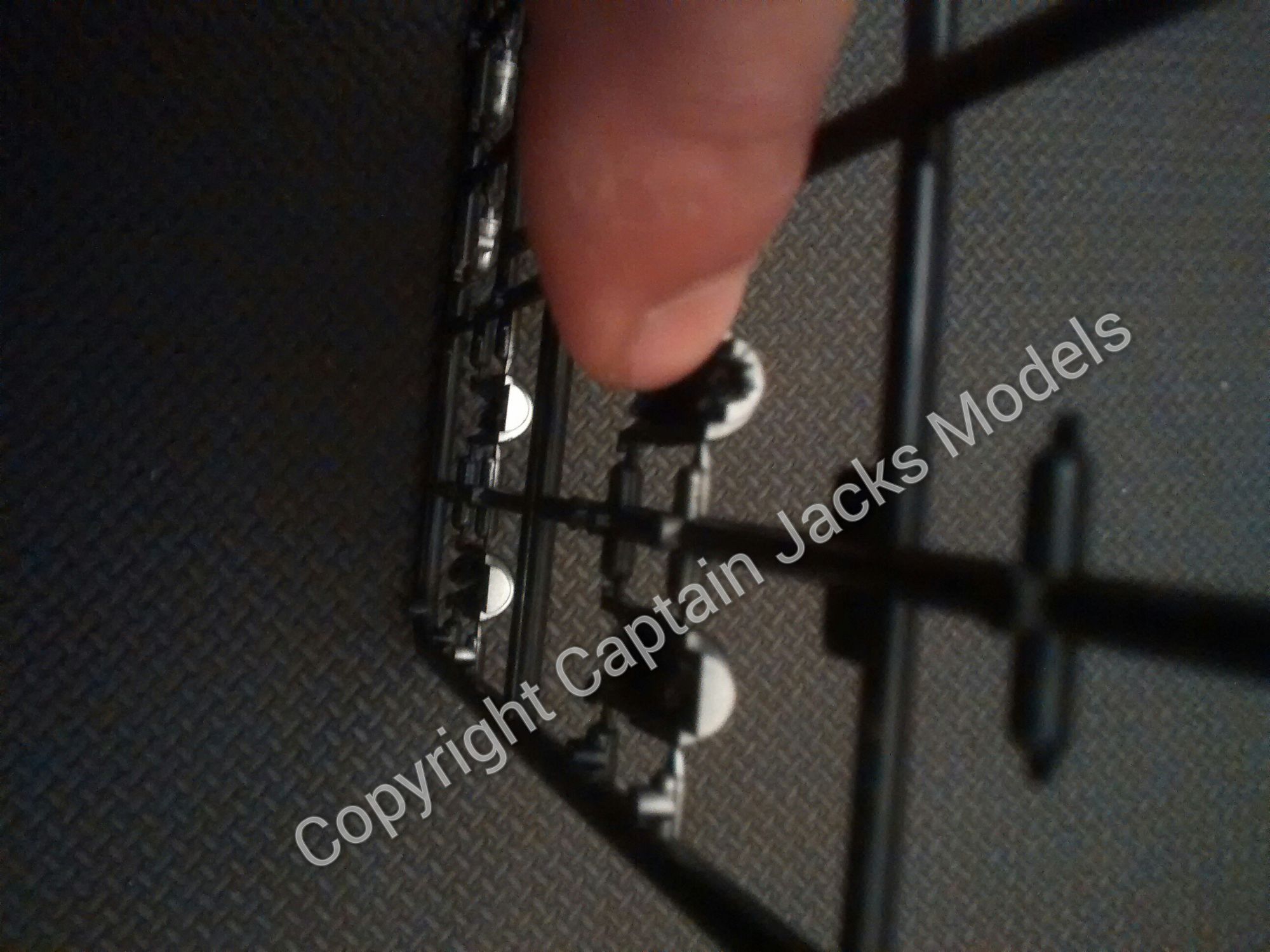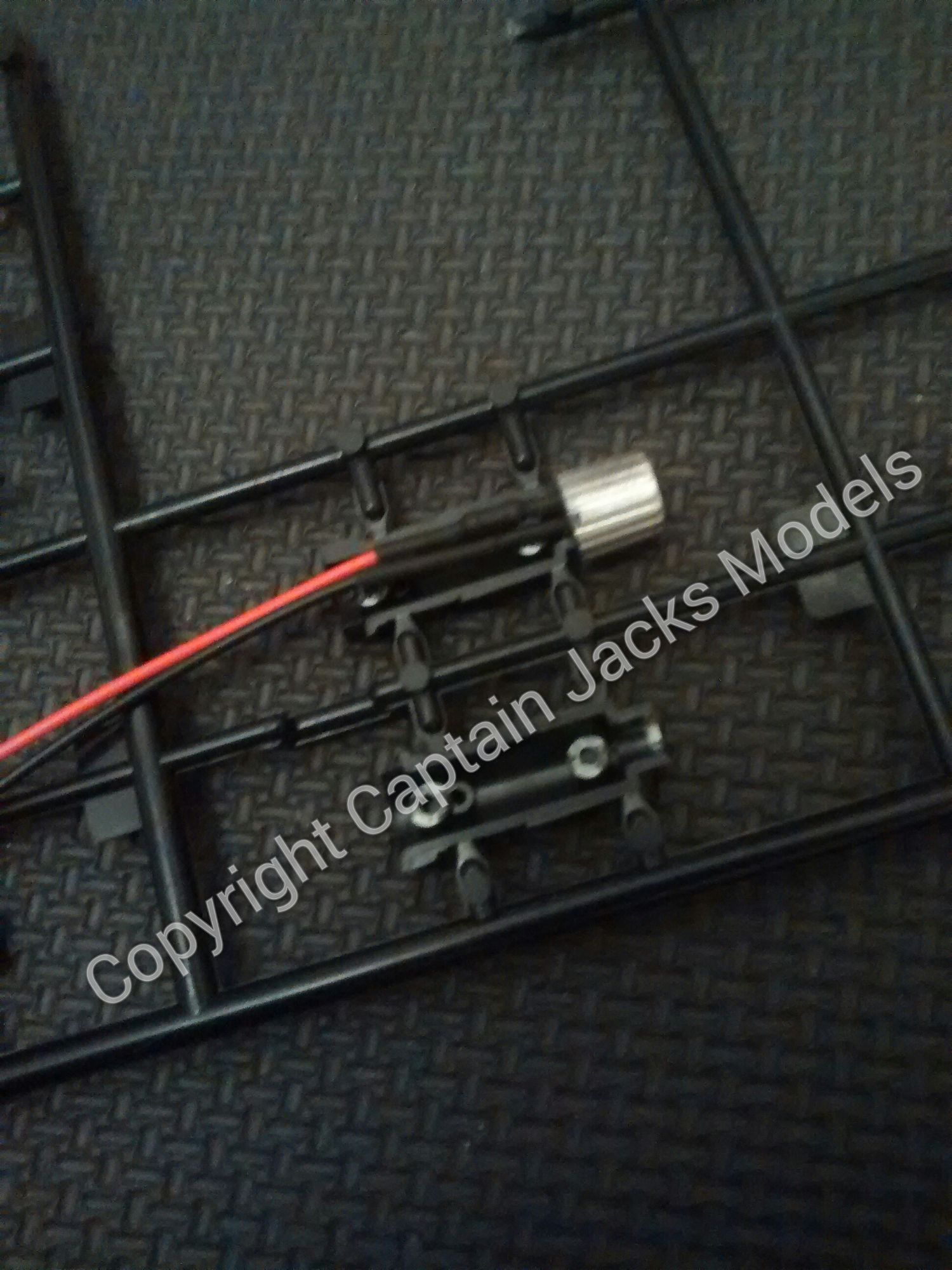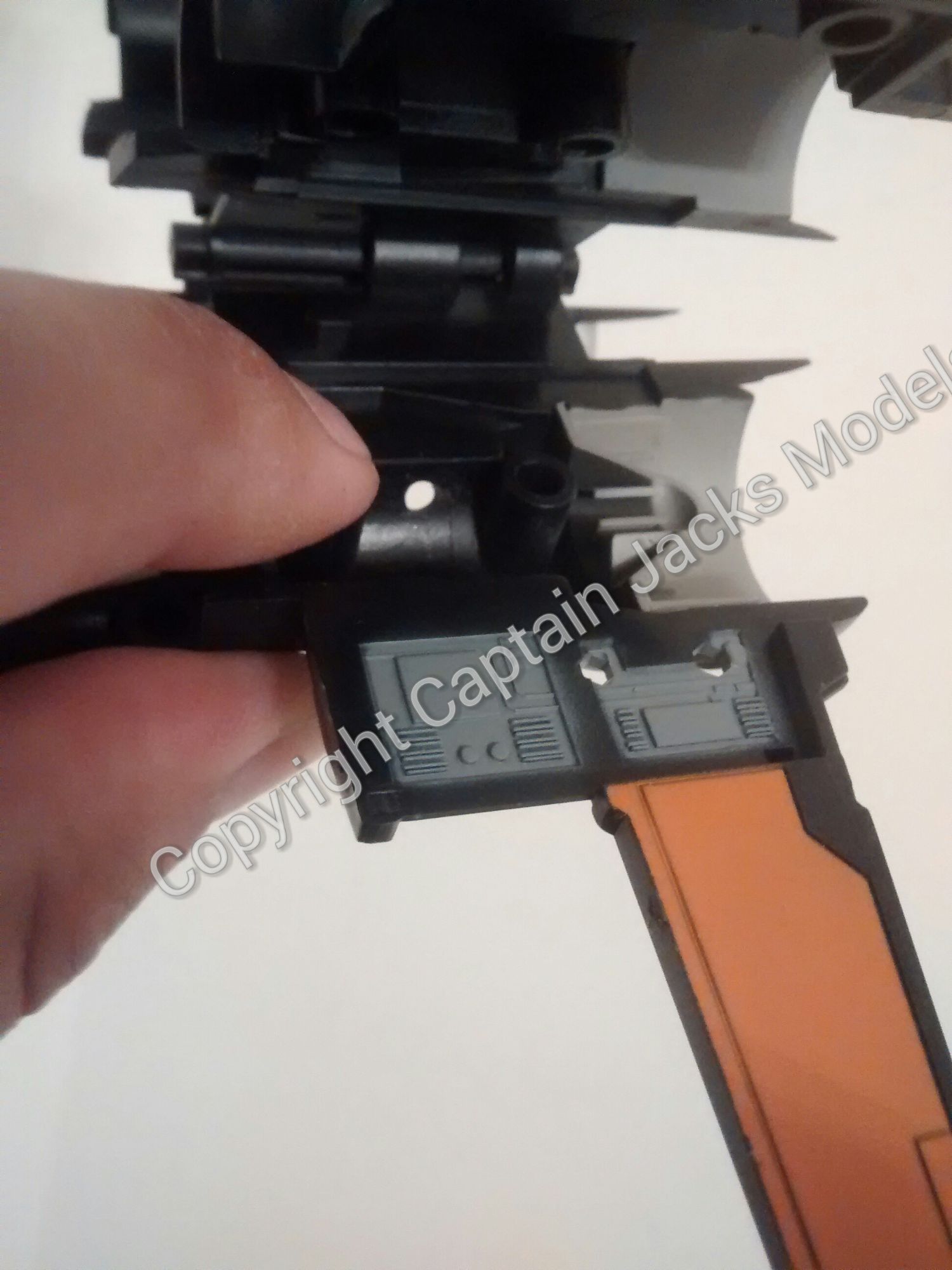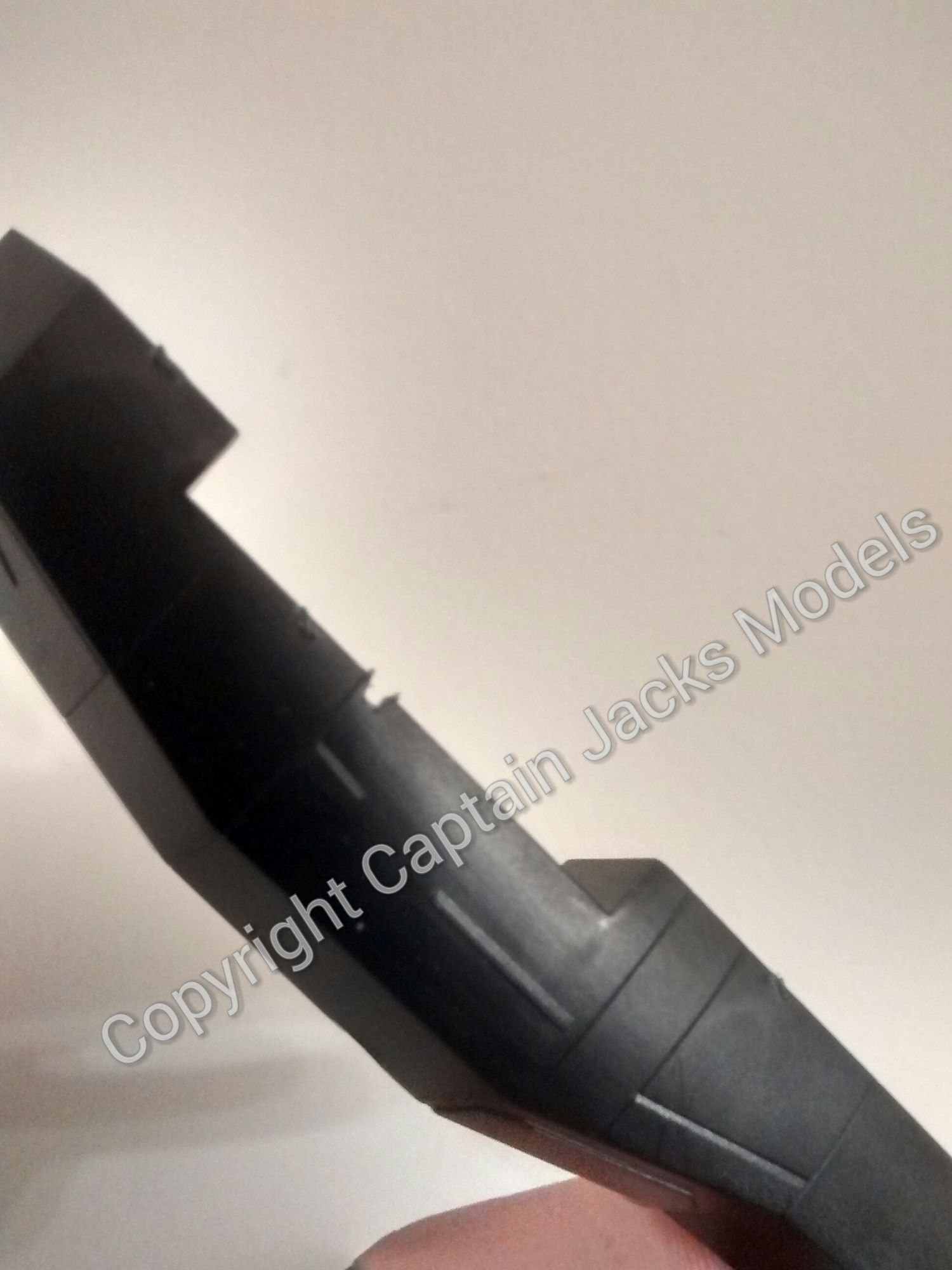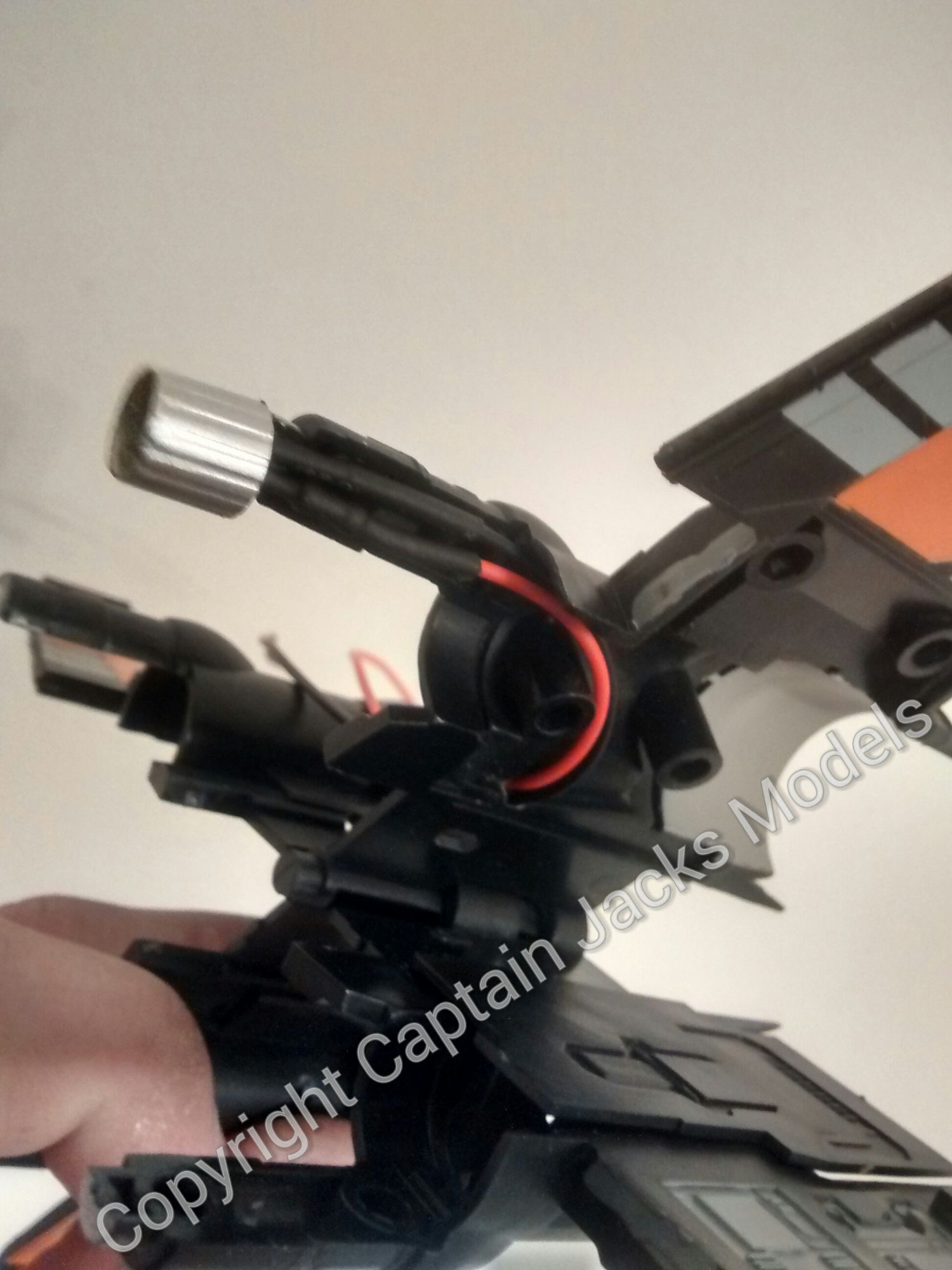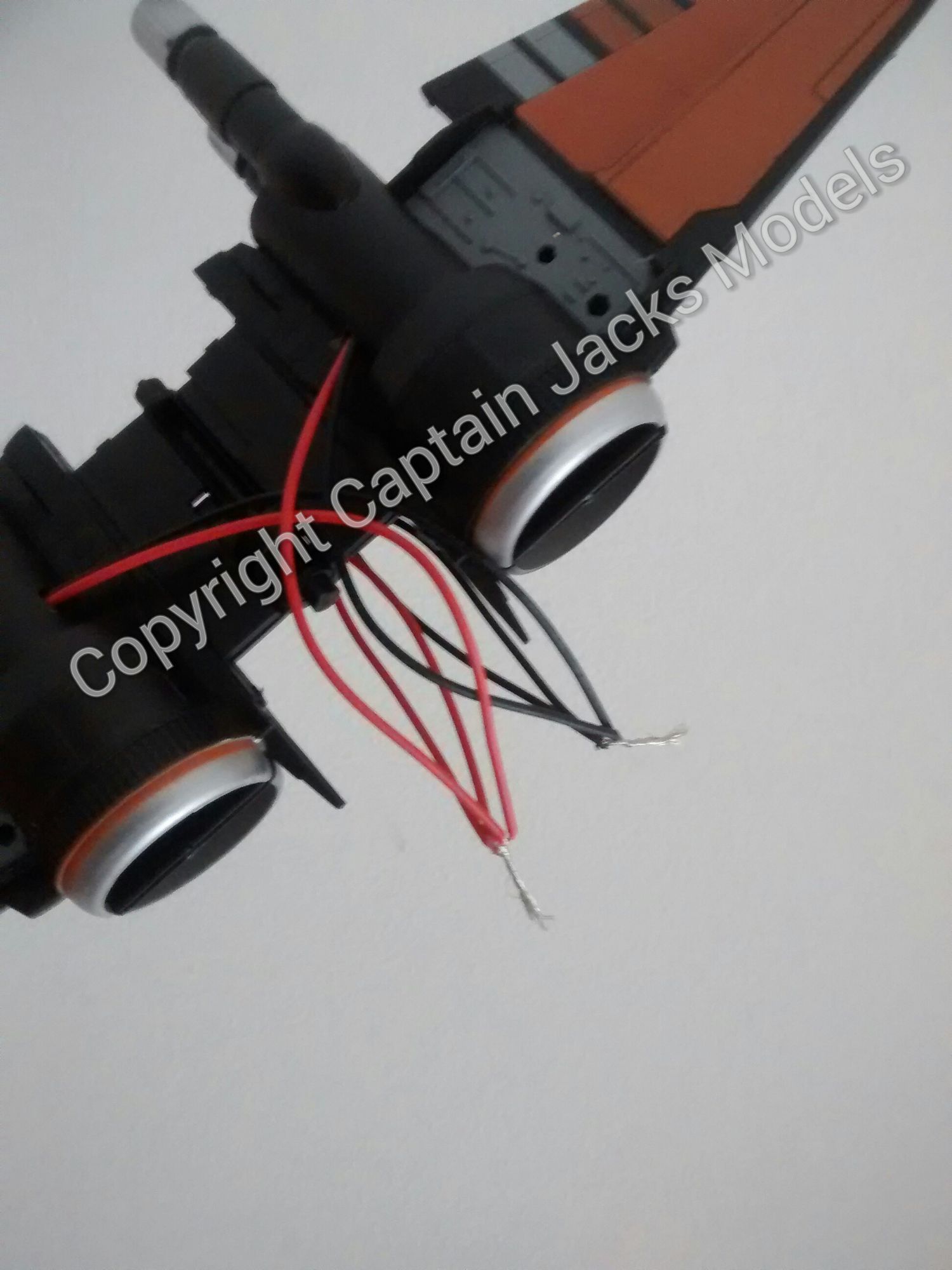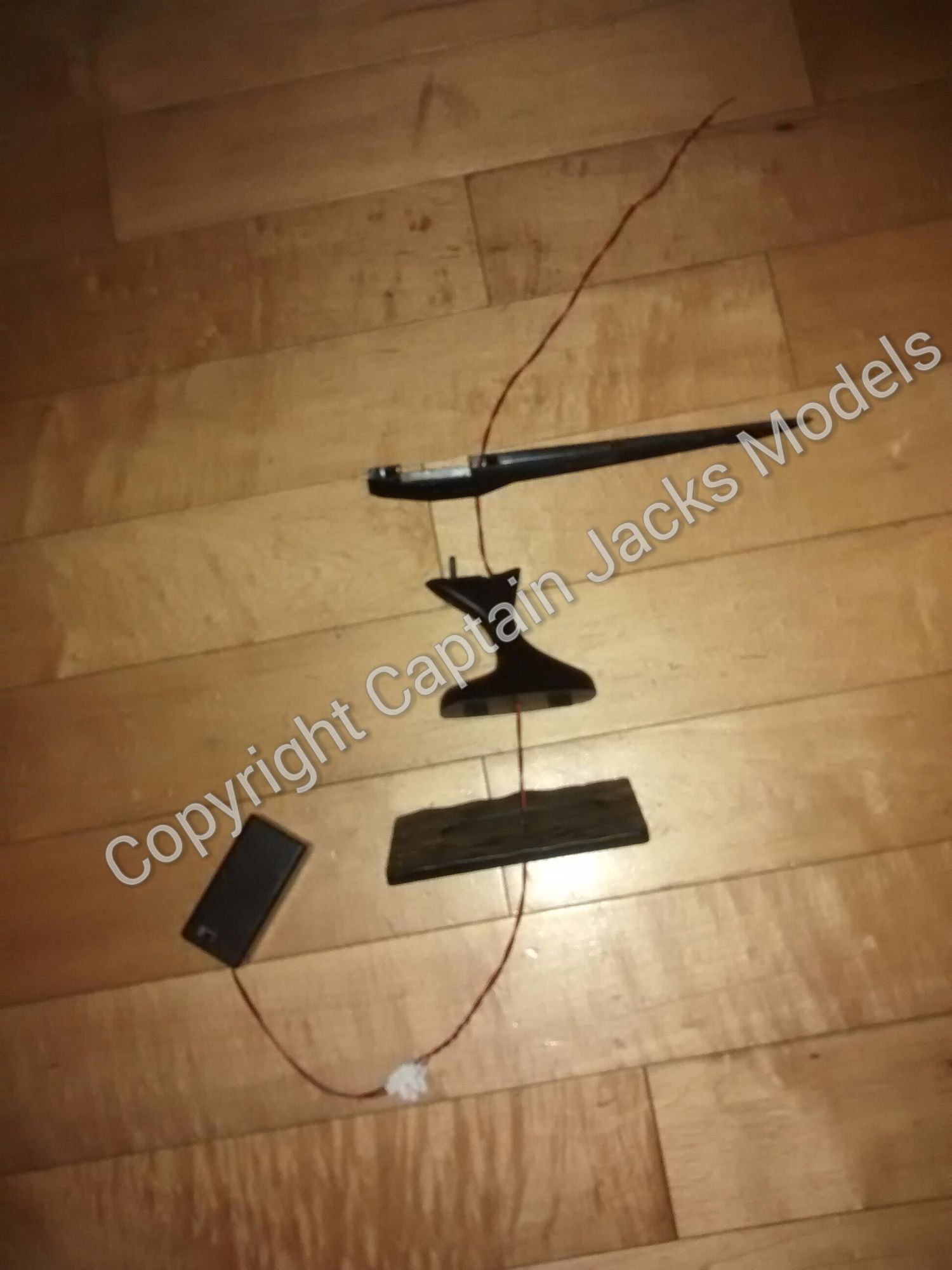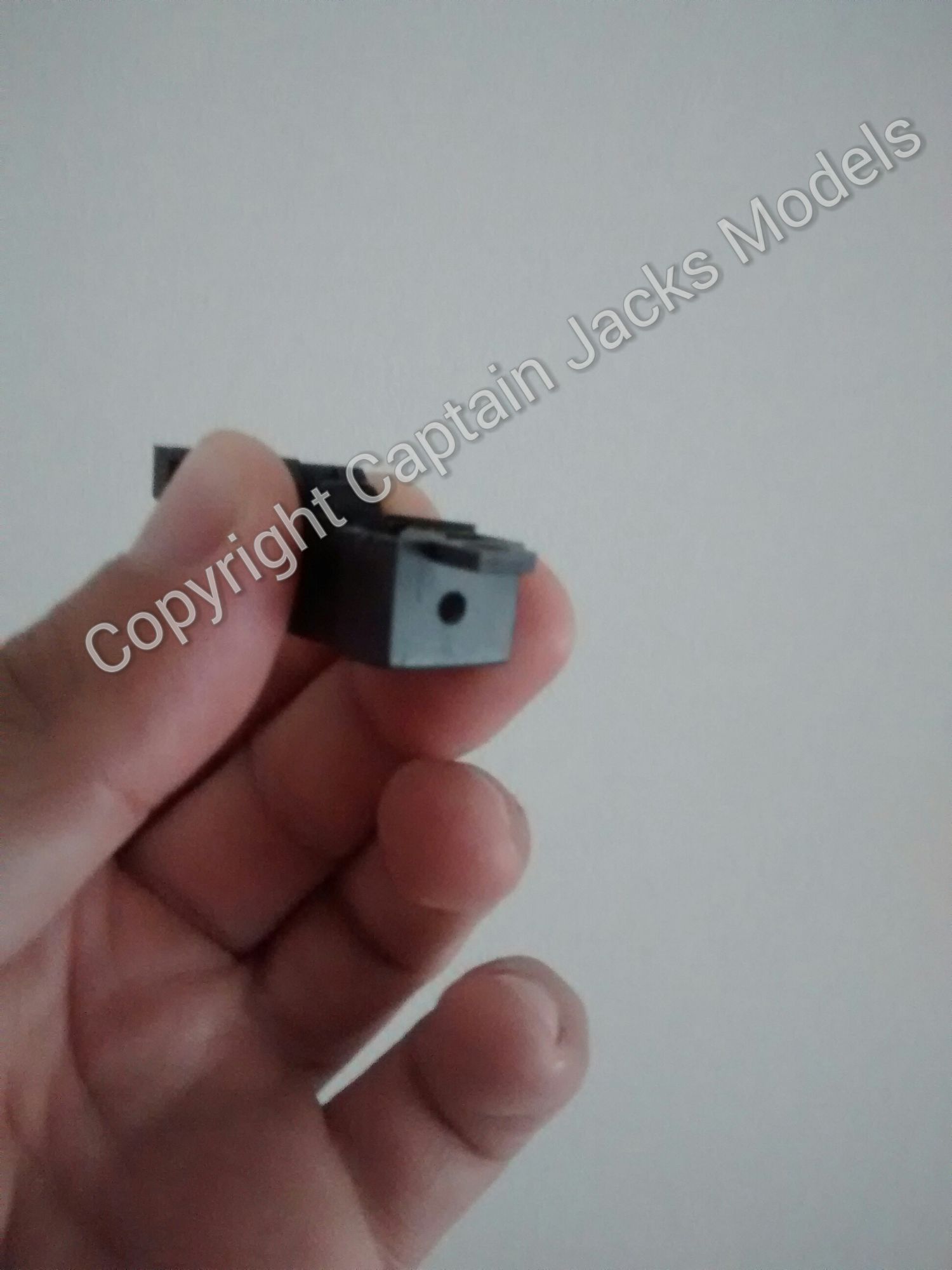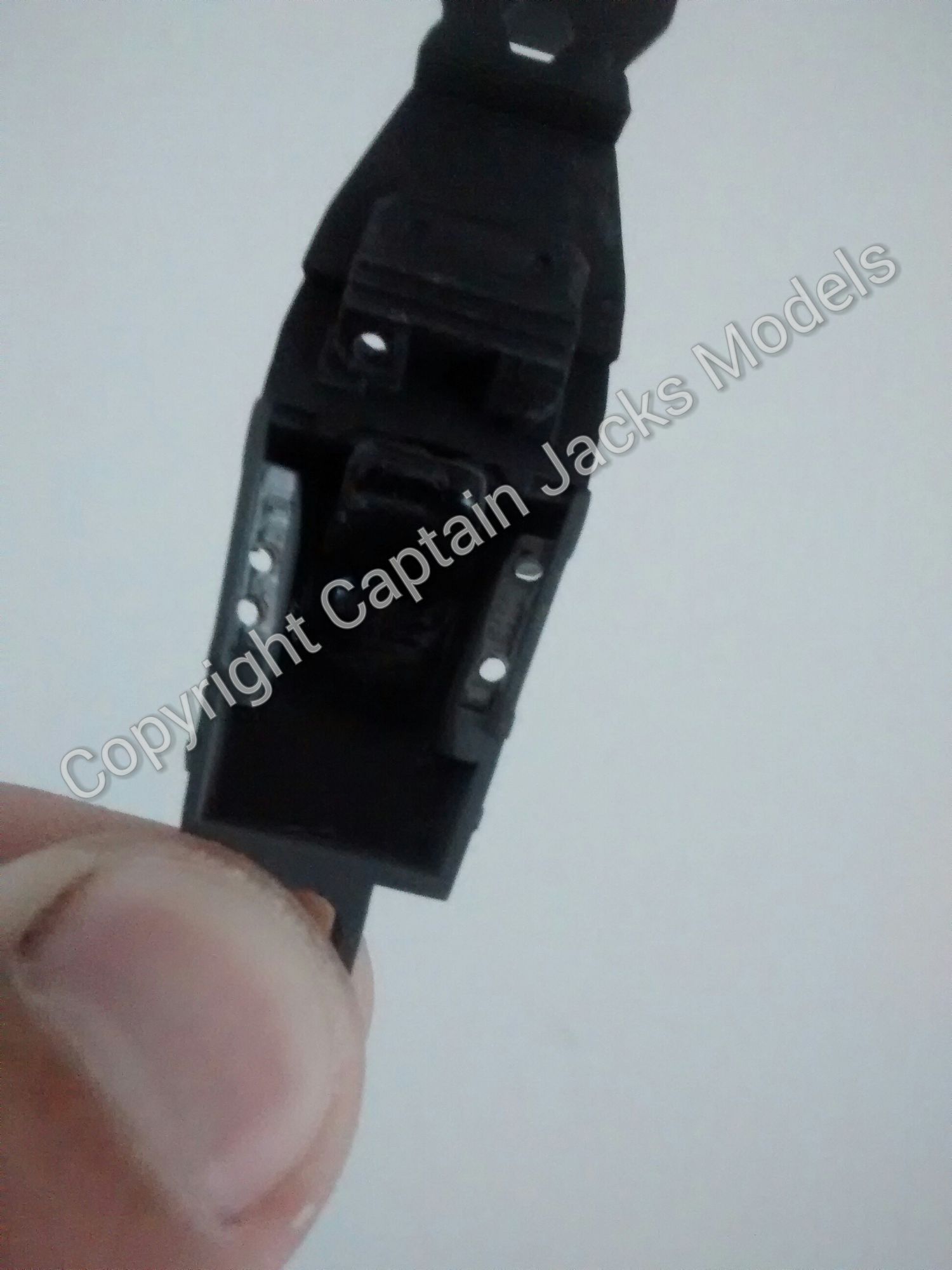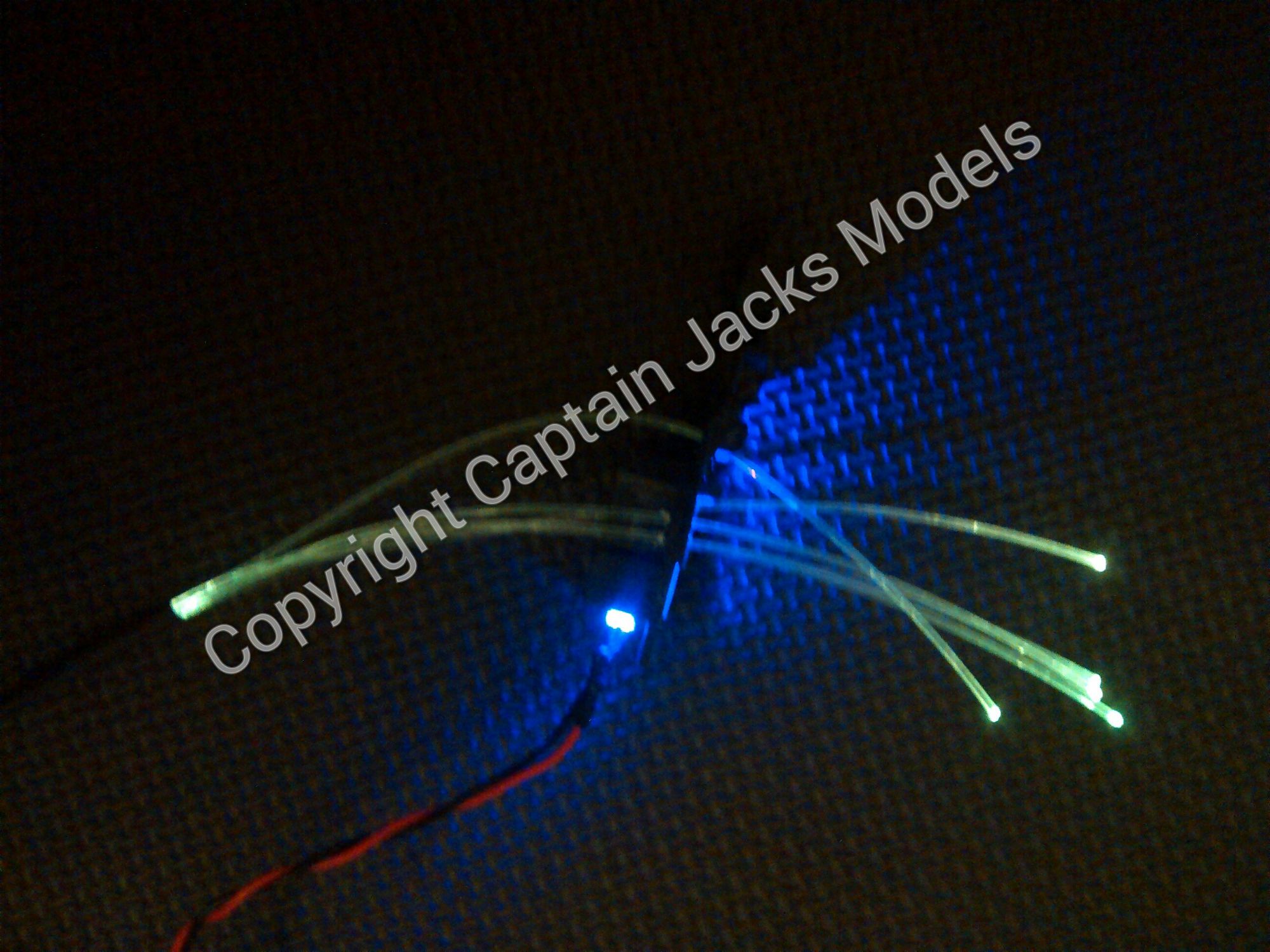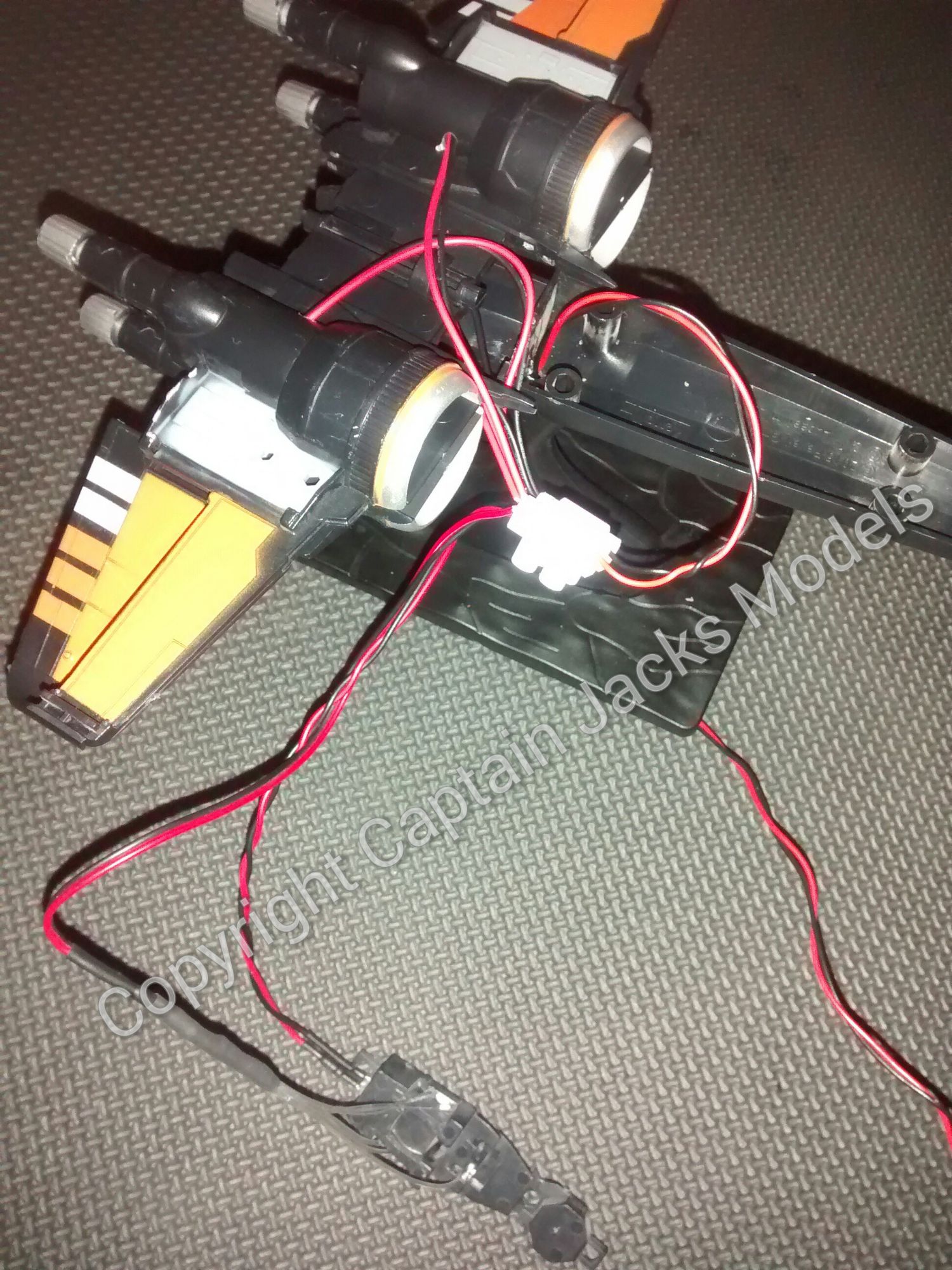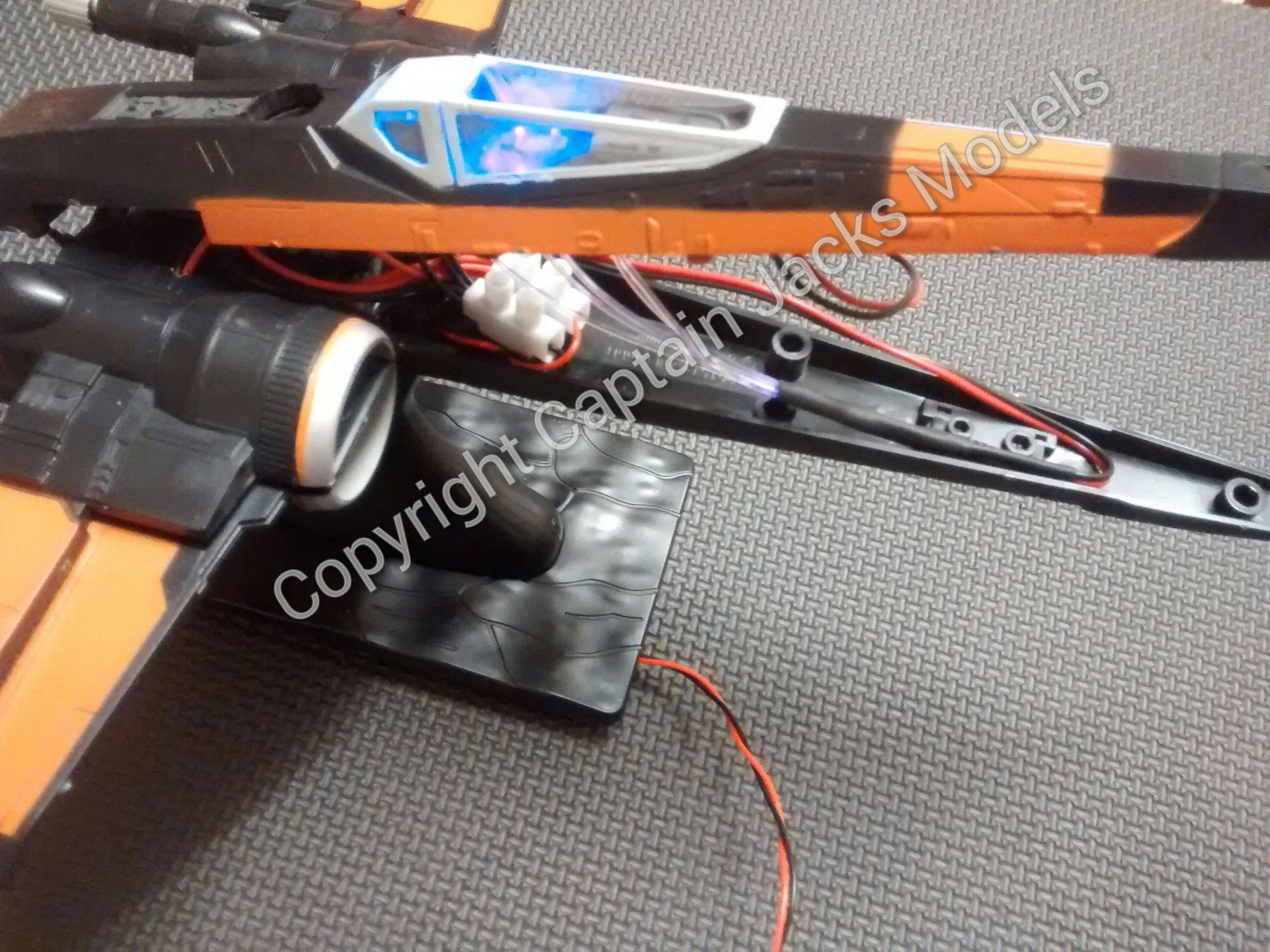Poe's X-Wing Fighter

A great, very effective little kit, giving good scale size results.
The set is installed in a similar way to the larger Revell X-Wing as the layouts are very similar, however key points are listed below.
10) Now its time to fit the main power lead from the battery box. Clip the lower half of the fuselage onto the stand, and drill a 3mm hole through the fuselage and top of the stand for the lead. Next drill a 3mm hole in the base of the stand, making sure that its in line with the top holes. Feed the power lead through.
12) Drill five 1mm holes in the cockpit area in your chosen positions for the fibre strands. Feed the strands through to approximately half their length, and insert the ultra violet led. Glue the strands in place from the underside of the panel, and allow to dry fully. When dry, trim the fibres flush to the control panels.
13) To connect the circuit together, join the red wires from the cockpit lighting to the red wires from the pink booster leds. Similarly join all of the black wires together.
Separate the two wire colours using the screw terminal connector. Run the power lead to the opposite side of the connector, matching red wire to the red side, and black to the black.
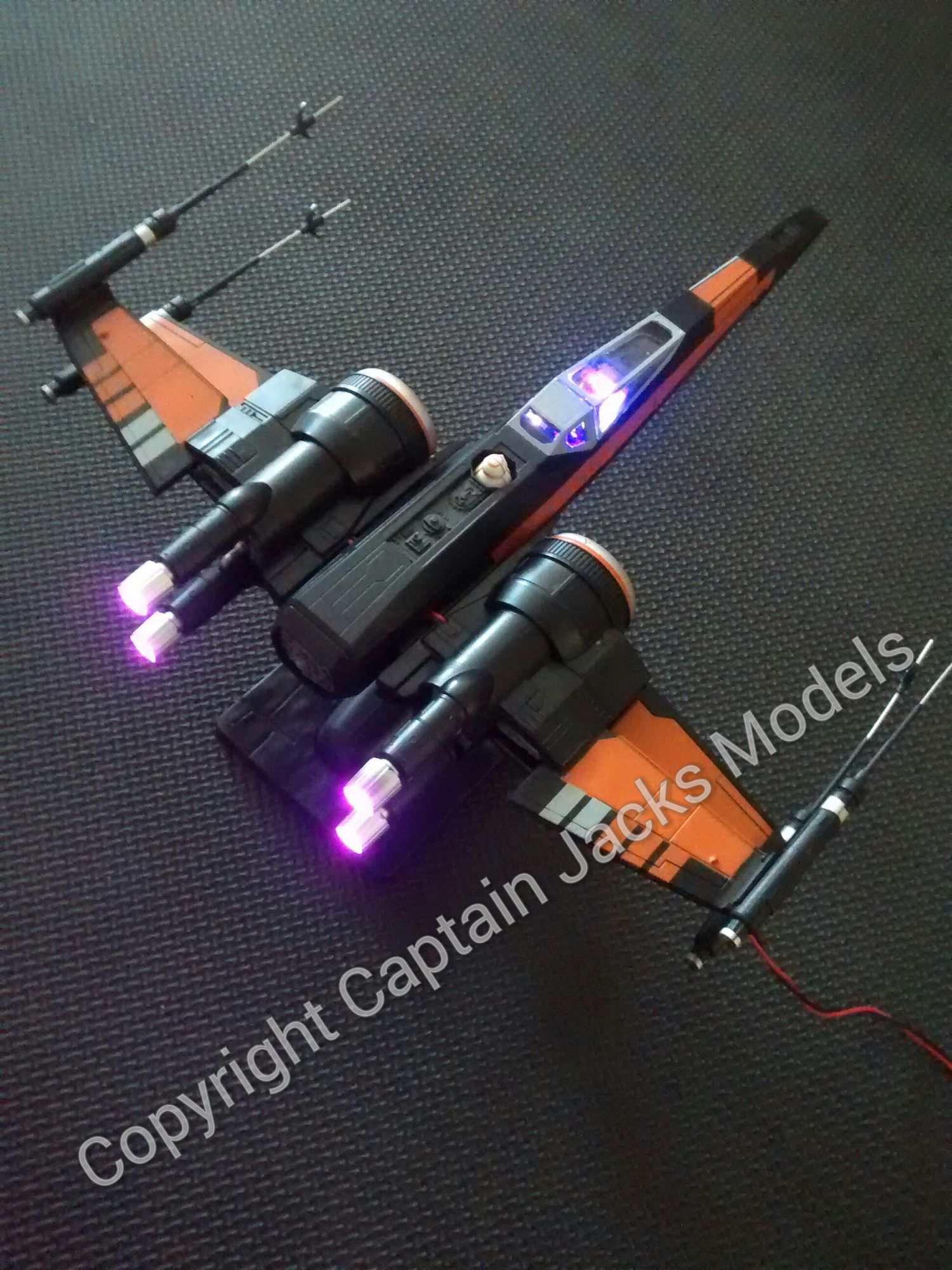
Another great X-Wing Fighter completed! Check out the Instagram and Facebook page feeds for the video of the completed model.

